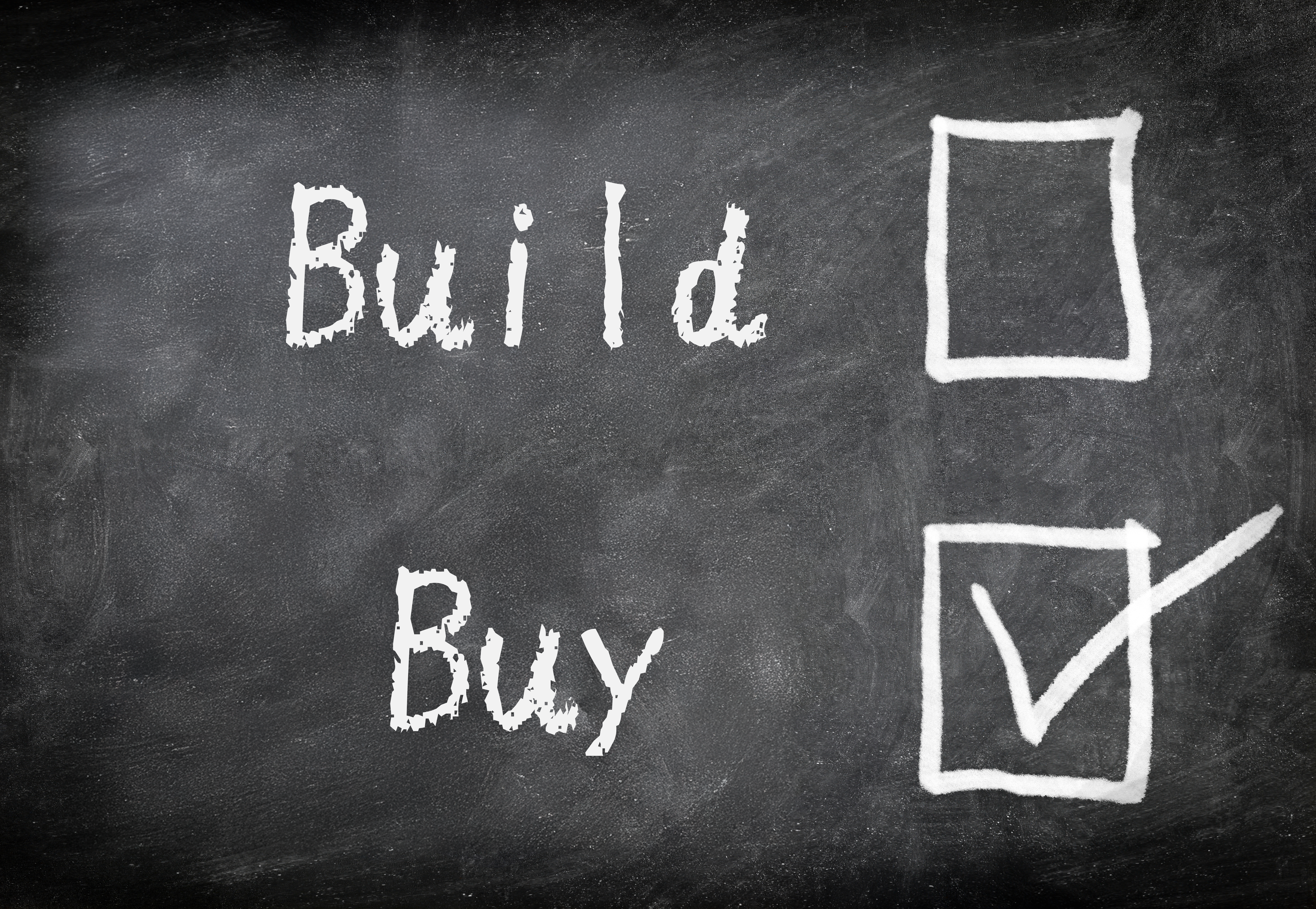Healthcare innovations prove AR and VR aren’t just for entertainment
Augmented reality (AR) and virtual reality (VR) are having a bit of a moment. With the majority of companies working from home, and social distancing becoming increasingly enforced, technologies that allow teams and individuals to reach out beyond the limits of their current circumstances are becoming more and more appealing.
Of course, VR and AR have been around for a while, and although their mainstream adoption has been somewhat limited, their potential has not gone unnoticed by a wide variety of industries. Interestingly enough, the sectors with which many most readily associate VR and AR — gaming, social apps such as Snapchat, and others — aren’t the most dynamic or impactful use cases to which evangelists of the technology point.
One of the most fascinating examples of the power of AR and VR — and one that feels painfully relevant under the current conditions — is healthcare, where these technologies are helping train personnel and keep critical workers safe.
Medical training with VR and AR
While the popularity of AR and VR in education is still growing, one of the areas where these technologies are being most enthusiastically embraced is in healthcare training. In many cases, medical schools use AR models to train and support surgeons and nurses in things medical procedures as diverse as neurosurgery to simple needle placement.
According to Steve Dann of Medical Realities, developers of the first end-to-end virtual reality platform for the global healthcare industry, “the healthcare sector is a perfect use case for both AR and VR in training, education, and treatment…The isolation and immersive elements of VR work extremely well in training and education aspects, as it reduces distractions and heightens awareness of the task at hand. This makes it extremely useful in all types of training scenarios.”
Ori Inbar — co-founder and CEO of AugmentedReality.org and the Augmented World Expo — concurs, and his explanation proves incredibly prescient for the chaos of the current moment: “You need to train healthcare workers fast, faster. You need to train them in a lot of critical functions really fast. And with VR training you can do it anywhere as long as you have the headset so there’s much higher efficiency and faster training.”
AR is keeping healthcare workers safe under COVID-19
But the medical potential of AR and VR isn’t just restricted to the classroom. As doctors and technicians look for more and more creative ways to ensure the health of their patients and their colleagues, the reach of AR is making it easier to follow necessary protocols. One of the most interesting examples of this comes from TechSee, an AR software developer that’s worked with organizations from Hitachi to Verizon to provide training and support platforms. Recently TechSee has developed a fascinating solution to keep ventilators running in hospitals through AR.
In a March article published by TechRepublic, Liad Churchill, the vice president of marketing at TechSee, was quoted as saying: “Medical technicians are very limited and basically considered precious human resources these days. These are the experts. Companies cannot afford to send them to hospitals and put them under risk [of infection],”
Understanding these immense risks, TechSee sought to find the safest possible fix. Using both video and AR, TechSee’s solution allows medical personnel to send SMS requests and video to medical technicians in the event of equipment failure. Once the issue is diagnosed, the technician uses AR to virtually walk the hospital worker through fixing the problem, without ever setting foot in the facility. While Churchill acknowledged possible hurdles in his conversation with TechRepublic — “The challenge is in shifting the mindset. Instead of calling someone and asking them, ‘Tell me what you see.” Now you actually tell them, ‘Show me what you see,'” — this use case offers a powerful glimpse into the small ways that AR and VR can help medical institutions remain operational at the highest levels while also preventing the risk of unnecessary exposure.
While his use case is not unique to healthcare or even the current moment — Ori refers to it as “remote expert assistance,” and it’s popular across industries: “Let’s say you’re in the field, you’re trying to fix a machine or an electronic board or maybe a pipeline that burst…an expert can connect to you and see through your camera what you’re seeing.” — through its vital usage by organizations like TechSee it could make a major impact on the way doctors tend to their equipment.
AR and VR support healthcare workers and beyond
What makes AR and VR such exciting technologies for many is how malleable they are. While we thrill at reading new advancements and breakthroughs in gaming and media, understanding that these innovations in the speed and quality video file transfer are able to make such a difference in so many different ways and industries gets us all the more hyped about where AR and VR could go next.
As healthcare workers strive to fight off the current pandemic and keep themselves safe at the same time, AR and VR offer a range of solutions to problems both basic and complex. The more people understand the vital power of this technology and its myriad applications, the more people will be willing to put their faith and support into them. When that happens AR and VR will only be able to spread further, and — if the healthcare industry is any indication — we’re all likely to benefit.


